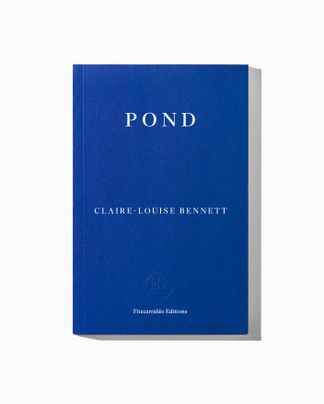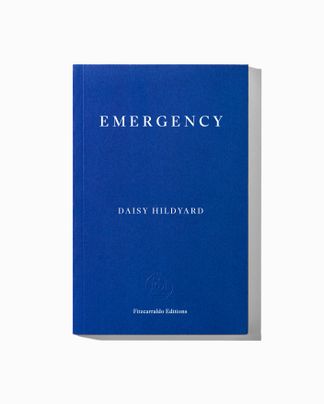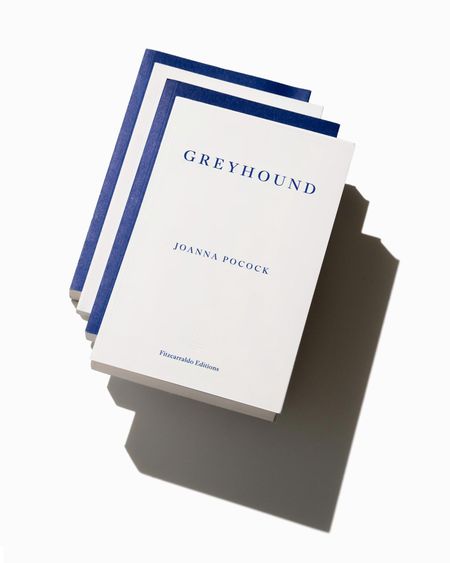The translation of this work was supported by a grant from the Goethe-Institut which is funded by the German Ministry of Foreign Affairs
‘After many years I had excised myself from the life I had led in town, just as one might cut a figure out of a landscape or group photo. Abashed by the harm I had wreaked on the picture left behind, and unsure where the cut-out might end up next, I lived a provisional existence. I did so in a place where I knew none of my neighbours, where the street names, views, smells and faces were all unfamiliar to me, in a cheaply appointed flat where I would be able to lay my life aside for a while.’
In River, a woman moves to a London suburb for reasons that are unclear. She takes long, solitary walks by the River Lea, observing and describing her surroundings and the unusual characters she encounters. Over the course of these wanderings she amasses a collection of found objects and photographs and is drawn into reminiscences of the different rivers which haunted the various stages of her life, from the Rhine, where she grew up, to the Saint Lawrence, the Hooghly, and the banks of the Oder. Written in language that is as precise as it is limpid, River is a remarkable novel, full of poignant images and poetic observations, an ode to nature, edgelands, and the transience of all things human.







